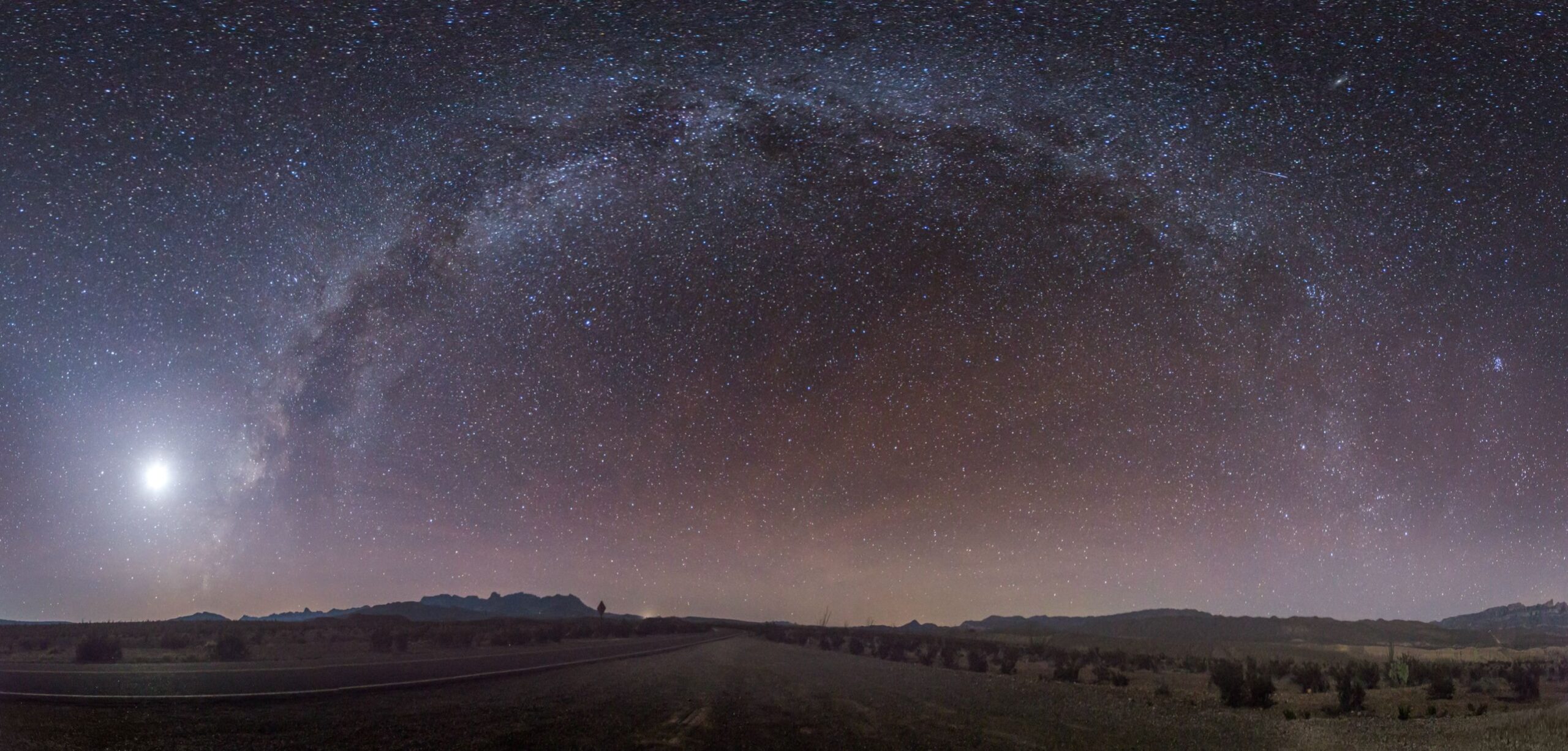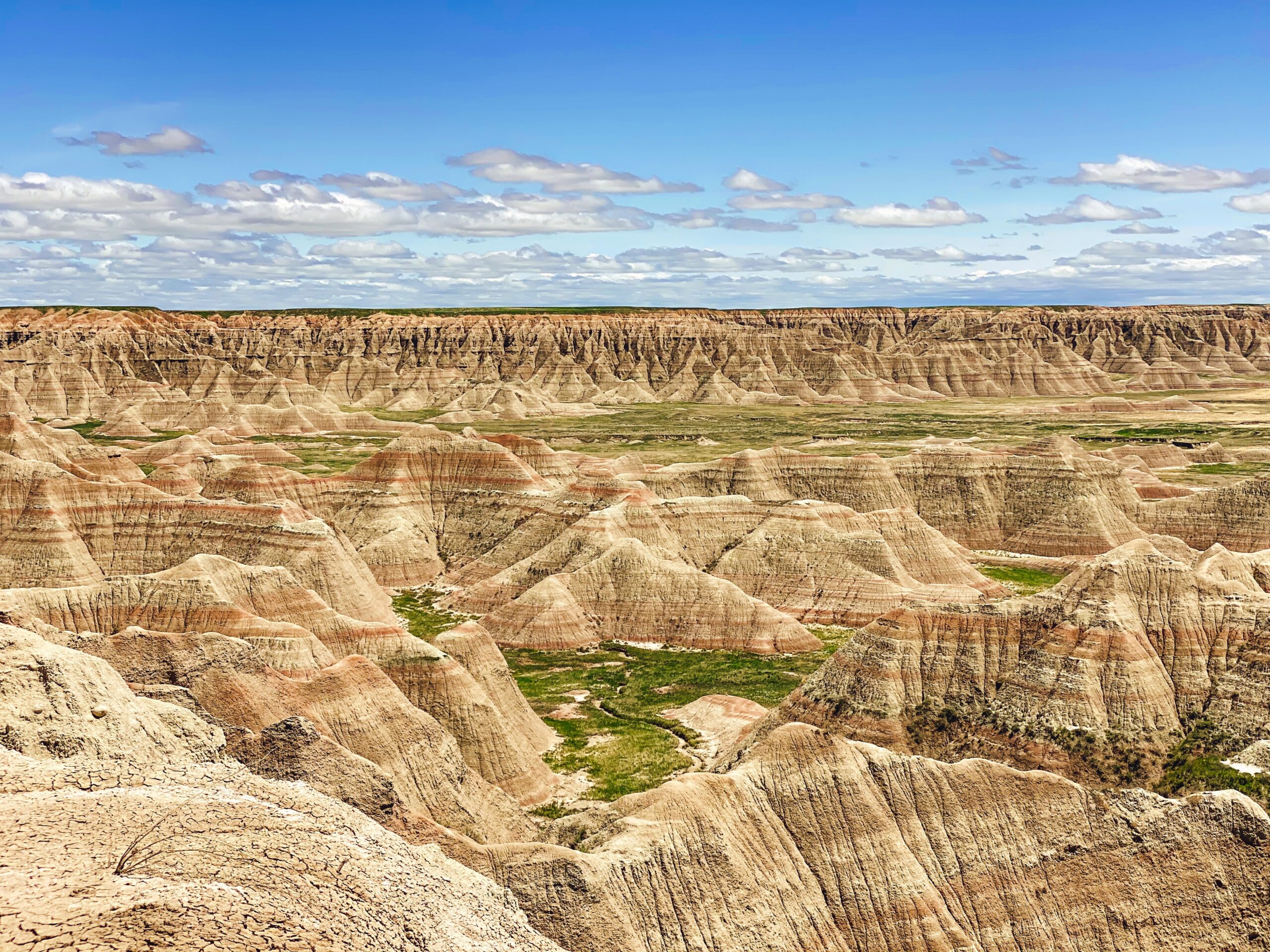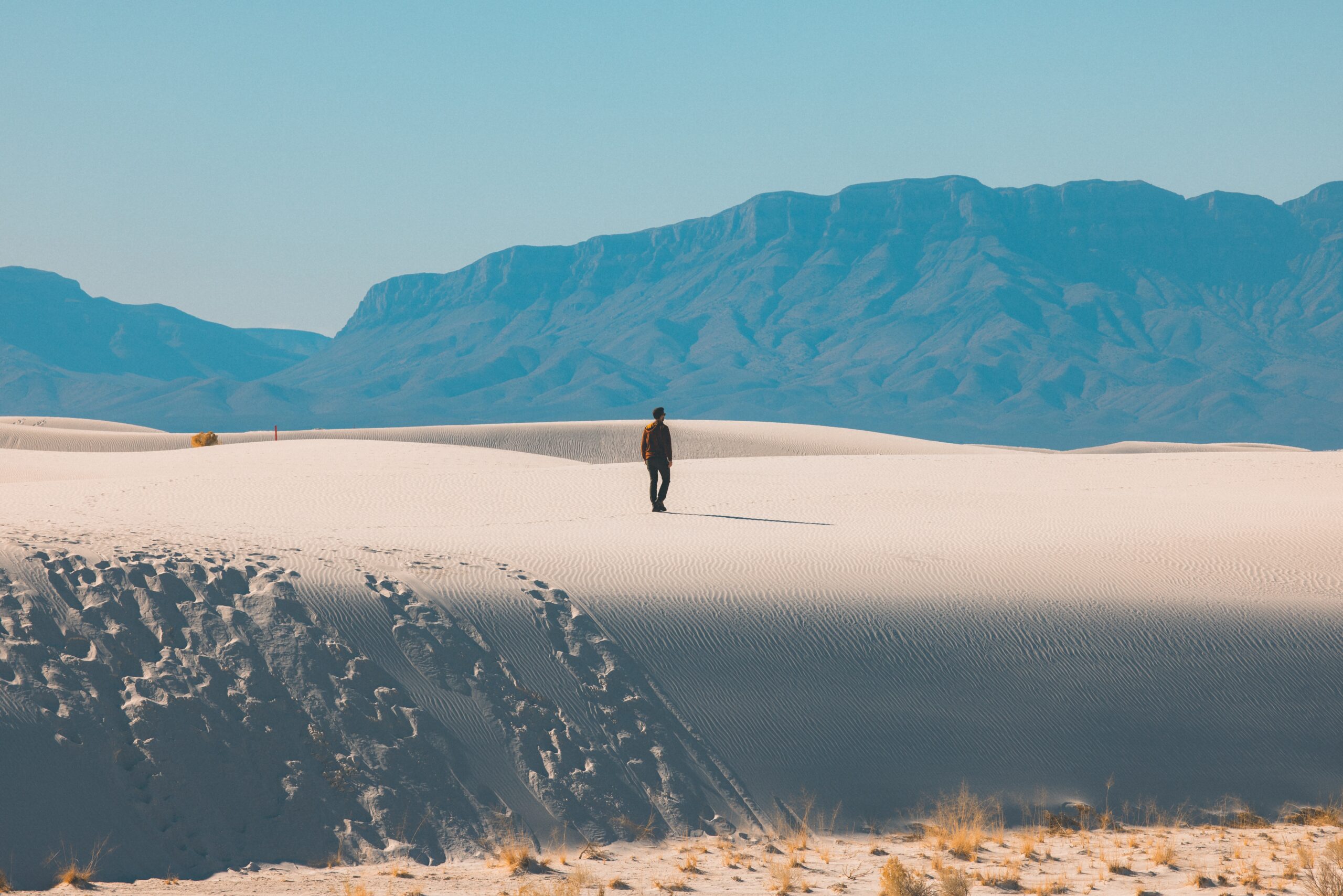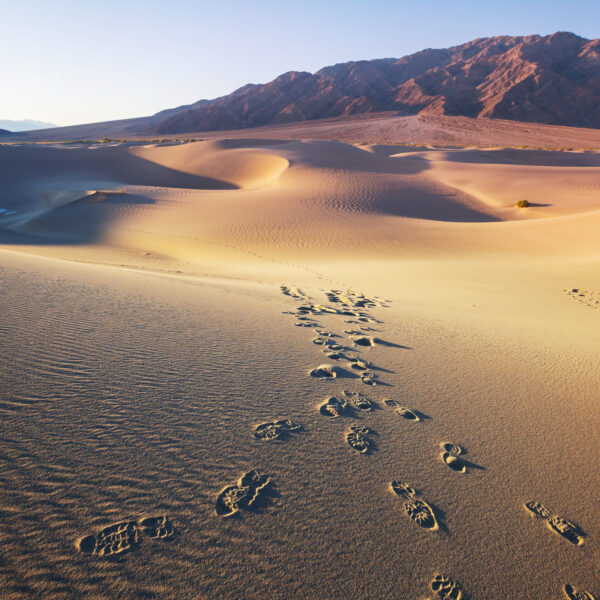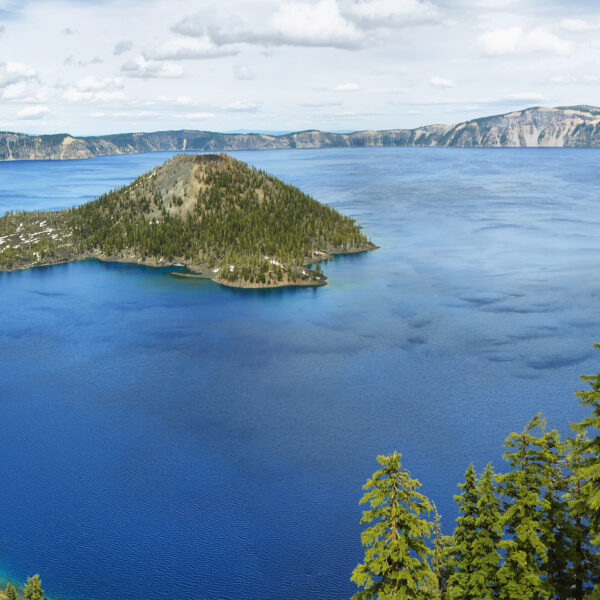There are few places on Earth where the night sky puts on a show quite like it does in Big Bend National Park, Texas. In this vast expanse of wilderness, far from city lights, you’ll find a celestial spectacle that’s nothing short of awe-inspiring. From the shimmering Milky Way to the countless constellations that paint the heavens, Big Bend’s night sky is a treasure trove for stargazers and nature enthusiasts alike.
Some posts on this site contain affiliate links, meaning if you book or buy something through one of these links, I may earn a small commission at no extra cost to you.
The Magic of Big Bend Stargazing
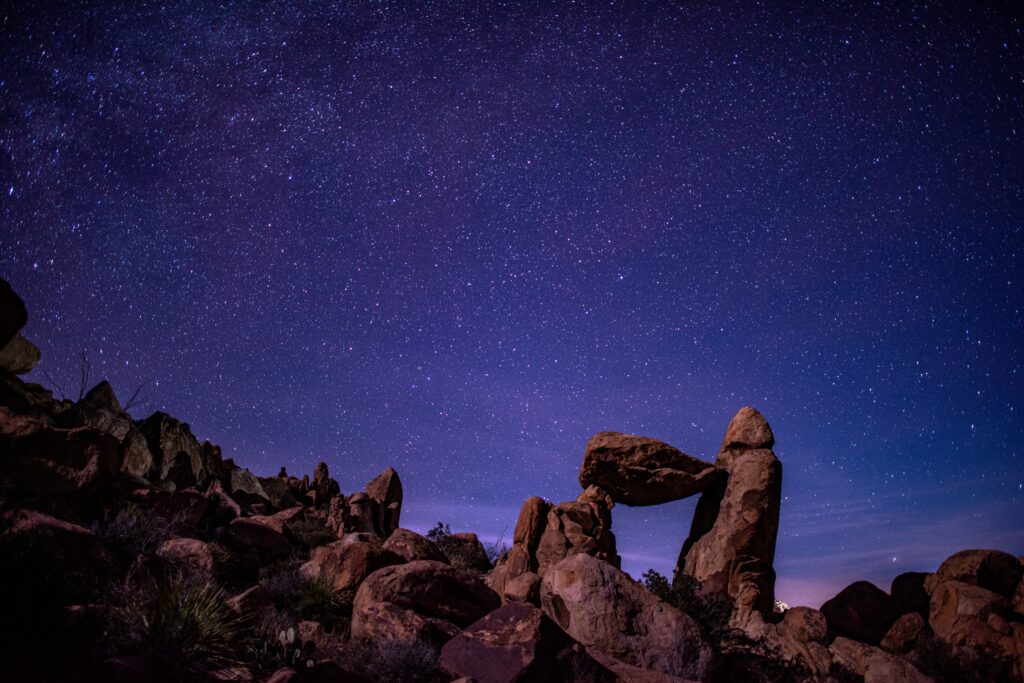
Big Bend National Park is renowned as an International Dark Sky Park, a designation that signifies exceptional stargazing conditions. Here, the absence of light pollution creates a canvas on which stars, planets, and celestial phenomena shine brilliantly. The park’s elevation, dry climate, and minimal atmospheric interference further enhance the stargazing experience. As you set up camp under the Texas stars, prepare to be dazzled by a night sky that seems to stretch to infinity.
Where to Find the Best Big Bend Stargazing Spots
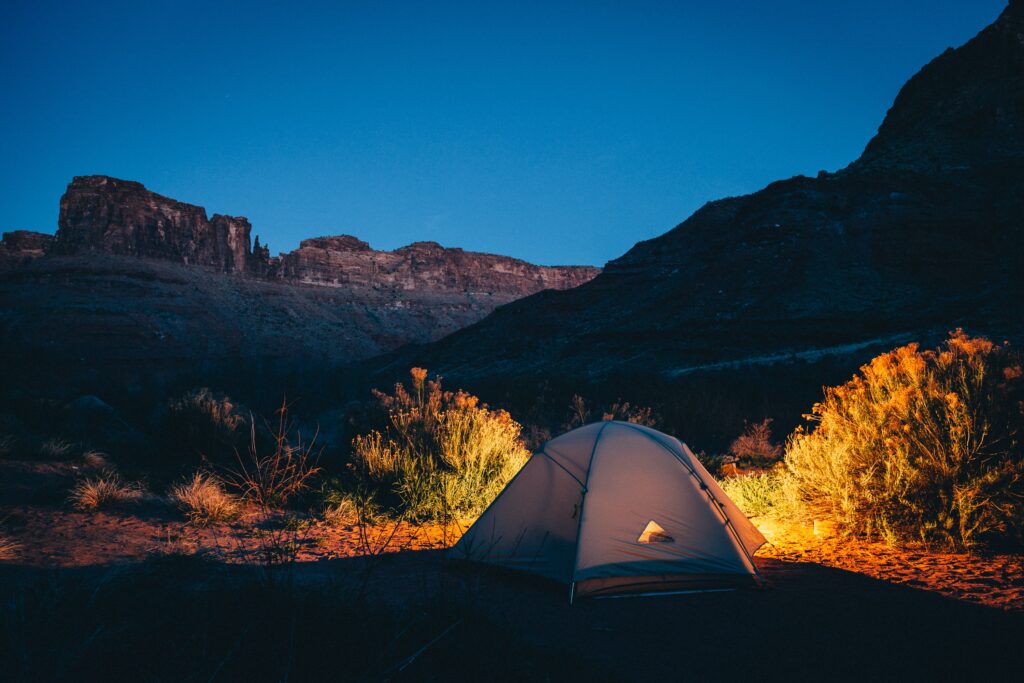
Within Big Bend National Park, several locations stand out for their exceptional stargazing opportunities:
- Chisos Basin: Situated at the heart of the Chisos Mountains, the Chisos Basin is often hailed as one of the premier stargazing locations in the park. Its elevation of over 5,000 feet means you’ll be above much of the atmosphere’s distortion, providing exceptionally clear views of the stars. The Chisos Basin Campground is an ideal base for your stargazing adventure, offering convenient access to nearby hiking trails and overlooks.
- Rio Grande Village: Located along the Rio Grande River, Rio Grande Village is another fantastic destination for stargazers. Its proximity to the river not only provides stunning reflections of the night sky but also offers a sense of serenity that enhances the stargazing experience. The Rio Grande Village Campground welcomes campers and is known for its tranquility under the Texas stars.
- Santa Elena Canyon: While known primarily for its stunning daytime views, Santa Elena Canyon takes on a magical quality at night. As the Milky Way arcs over the Rio Grande, the canyon’s towering walls create a natural frame for celestial wonders. The Santa Elena Canyon Trailhead offers easy access to this captivating stargazing location.
- The Basin Overlook: This high vantage point within the Chisos Basin provides panoramic views of the night sky. Whether you’re a seasoned astronomer or a casual stargazer, the Basin Overlook offers an unobstructed view of the stars above. Bring your telescope or simply lay back and gaze at the heavens.
- Dagger Flat Auto Trail: For a unique stargazing experience, venture along the Dagger Flat Auto Trail. This unpaved road takes you deep into the desert’s heart, away from artificial light sources. The open expanse and quietude make it an excellent location for setting up telescopes or simply reclining on a blanket for some serious stargazing.
- Mariscal Mine: For those interested in combining history with stargazing, the Mariscal Mine area offers a glimpse into the park’s past and stunning night skies. The historic mine ruins and vast, open spaces provide a remarkable contrast to the brilliance of the stars above.
A Symphony of Nocturnal Life

While stargazing steals the show in Big Bend National Park’s night sky, there’s a whole other world of nocturnal life that comes to life after the sun sets. This magical realm of creatures that thrive in the darkness adds an extra layer of wonder to your night sky adventure.
- Kangaroo Rats: One of the park’s most endearing nocturnal residents is the kangaroo rat. These tiny, kangaroo-like rodents are well adapted to desert life. They emerge from their burrows after dark, their large eyes perfectly suited for low light conditions. Watch as they hop and forage for seeds, showcasing their remarkable agility.
- Kit Foxes: The elusive kit fox is another charismatic creature that roams the park under the cover of darkness. With their large ears and keen senses, they’re expert hunters. You might spot them gracefully moving through the desert in search of prey or simply pausing to survey their surroundings. Witnessing a kit fox’s nocturnal antics is a rare and special experience.
- Ringtail Cats: Often called “miners’ cats” due to their fondness for inhabiting old mines, ringtails are renowned for their unique appearance and behavior. These small mammals are expert climbers and can be seen exploring cliffs and rocky outcrops in search of food. With their long, bushy tails and masked faces, they’re as intriguing as they are elusive.
- Nocturnal Birds: Don’t forget to look up! Big Bend’s night sky is sometimes graced by the silhouettes of nocturnal birds. Owls, nighthawks, and poorwills are among the park’s avian residents that become active after sunset. Listen for their haunting calls and keep an eye out for their graceful flight as they hunt for insects in the moonlit air.
- Insect Symphony: In the desert, the night belongs to insects. As the stars twinkle overhead, countless insects emerge from the shadows. Their chirps, clicks, and whirrs create a symphony that fills the air. This chorus of tiny creatures contributes to the enchanting ambiance of a Big Bend night.
Observing these creatures in their natural habitat under the starry Texas sky is a testament to the park’s ecological diversity and the harmony of life that thrives here. It’s a reminder that the wonders of Big Bend National Park extend beyond the celestial heavens and into the intricate tapestry of the desert ecosystem that flourishes under the cover of night. As you camp beneath the Texas stars, be sure to keep an open eye and ear for these remarkable nocturnal inhabitants, and let their presence deepen your connection to this unique natural world.
Tips for a Memorable Big Bend Night Sky Experience
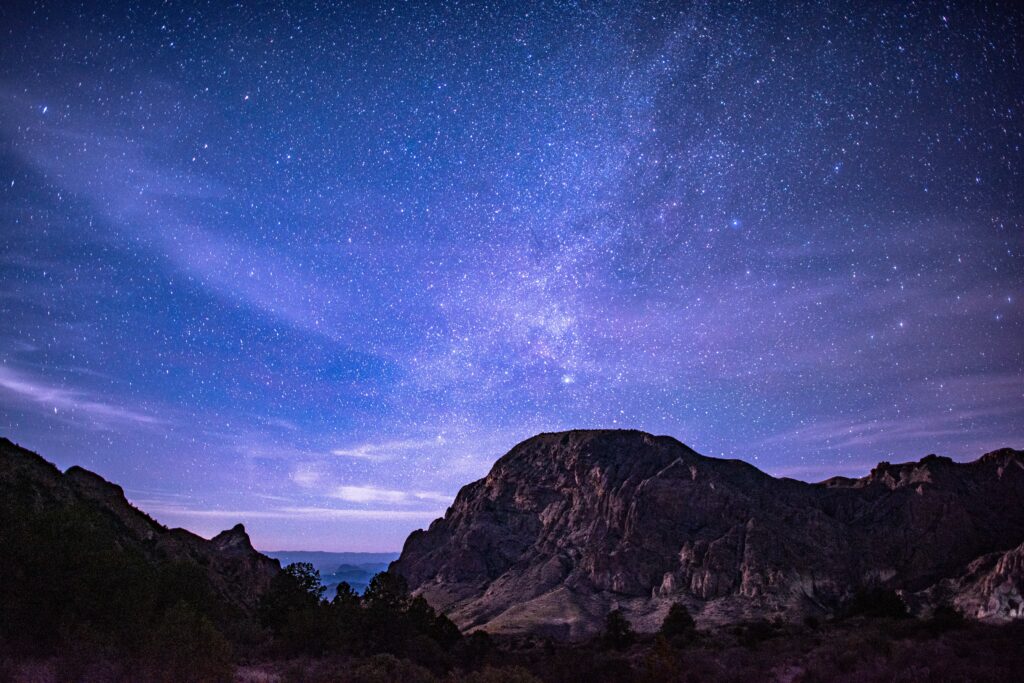
To make the most of your night sky experience in Big Bend National Park, consider these tips:
- Plan Your Visit Around Astronomical Events: Check moon phases and astronomical events before your trip. Stargazing during a new moon, when the night sky is darkest, is ideal for observing deep-sky objects like galaxies and nebulae. Keep an eye out for meteor showers, eclipses, and other celestial phenomena that might coincide with your visit.
- Bring the Right Equipment: While stargazing can be enjoyed with the naked eye, bringing binoculars or a telescope can significantly enhance your experience. Binoculars provide a wide field of view and reveal numerous celestial treasures. If you’re an astronomy enthusiast, a telescope allows you to explore distant galaxies, planets, and star clusters.
- Use a Red Flashlight: A regular flashlight emits white light that can disrupt your night vision. Invest in a red flashlight or use red cellophane to cover a regular flashlight. Red light preserves your night vision, allowing you to see more stars and details in the night sky.
- Dress Appropriately: Desert nights can be surprisingly cold, even in warmer seasons. Dress in layers to stay comfortable as temperatures drop after sunset. Be sure to wear a warm hat and bring gloves to ward off the chill.
- Stay Hydrated: The arid desert climate of Big Bend can be deceptively dry. Drink plenty of water throughout the day to stay hydrated, especially if you’re spending an extended period stargazing. Dehydration can lead to discomfort and detract from the experience.
- Practice Leave No Trace: Respect the natural environment by following Leave No Trace principles. Pack out all trash, including food wrappers and other litter. Dispose of waste in designated receptacles or facilities.
- Be Patient: Stargazing requires patience. Spend time adjusting to the darkness, and allow your eyes to adapt fully. The longer you observe, the more stars and details you’ll see. Remember that the best views often come to those who wait.
- Practice Safety: Stargazing can lead you far from camp or trailheads. Always let someone know your plans, including where you’ll be stargazing and when you expect to return. Carry essential safety gear, such as a map, compass, and first-aid kit, and be aware of your surroundings.
Finding the Milky Way in Big Bend’s Dark Skies
One of the most breathtaking experiences awaiting stargazers in Big Bend National Park is the sight of the Milky Way arching across the night sky. This luminous band of stars, dust, and gas is our own galaxy, seen from within. Finding and appreciating the Milky Way in this pristine dark sky environment is a highlight of any stargazing adventure.
The Best Times to See the Milky Way
To catch a glimpse of the Milky Way’s ethereal glow in Big Bend, timing is crucial. The Milky Way is most prominent during the new moon phase when the night sky is darkest and the stars shine their brightest. Plan your visit accordingly, and consult a lunar calendar to avoid the moon’s bright illumination. Typically, the spring and fall months are excellent for Milky Way viewing due to their favorable moon phases.
Where to Find the Milky Way

To maximize your chances of seeing the Milky Way, head to one of Big Bend’s prime stargazing locations like the Chisos Basin or Rio Grande Village. These areas offer exceptional vantage points with minimal light pollution. Once you’re there, allow your eyes to adjust to the darkness. Then, gaze upward, and you’ll likely witness the Milky Way’s breathtaking sweep across the sky. Use binoculars or a telescope for a closer look, and take in the sheer beauty of our galaxy as it reveals itself in all its cosmic splendor.
Enhancing Your Milky Way Experience
For an enhanced Milky Way experience in Big Bend National Park, consider using stargazing apps like Starwalk 2. This invaluable tool assists stargazers in locating and identifying celestial wonders with precision. Starwalk 2 provides real-time information about the Milky Way’s position and visibility, making it easier than ever to find this celestial marvel. Its offline functionality is particularly useful in remote dark sky locations like Big Bend, where internet connectivity can be limited.
Not only does Starwalk 2 help you locate the Milky Way, but it also identifies constellations, planets, and significant celestial events such as meteor showers. With this app at your fingertips, you can embark on a more informed and immersive stargazing journey, deepening your connection to the awe-inspiring cosmos above.

